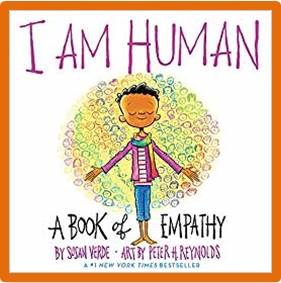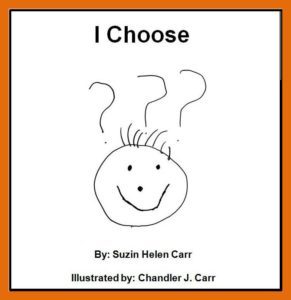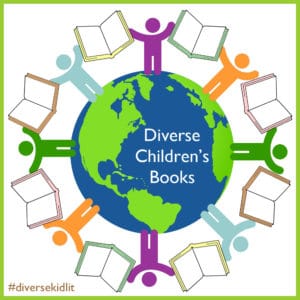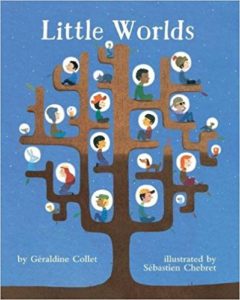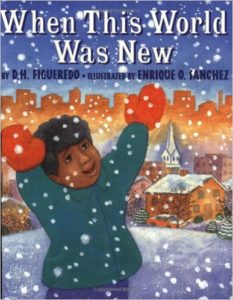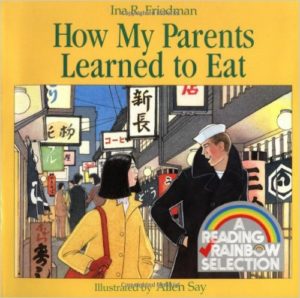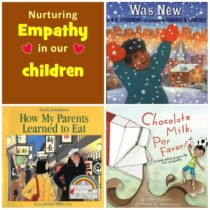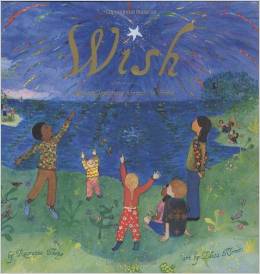 Every one of us knows the pain of separation from someone we love. Children experience maternal separation with particular pain. From the moment of parting through to the long-anticipated reunion, their emotions spin. You Weren’t with Me by Chandra Ghosh Ippen Is a lovely, tender book that addresses the tumultuous, intense and complex feelings that children confront when they are separated from their mother.
Every one of us knows the pain of separation from someone we love. Children experience maternal separation with particular pain. From the moment of parting through to the long-anticipated reunion, their emotions spin. You Weren’t with Me by Chandra Ghosh Ippen Is a lovely, tender book that addresses the tumultuous, intense and complex feelings that children confront when they are separated from their mother.
Whether caused by divorce, illness, deployment, incarceration, or adoption, the child is puzzled, heartbroken, afraid, and angry when separated from his mother. That stew of emotions is difficult for children to parse, to define, and to express. The delicate illustrations of a rabbit mother and bunny by Eric Ippen Jr. brilliantly capture this complexity in an almost magical way.
Regardless of the length of the separation, it feels like forever for the child. The child feels unmoored, unsafe, and alone. Even after a reunion occurs, their emotions do not quickly return to quiet stasis. Often, they hold back and remain angry and distant. Throughout the story, the mother gently listens with an almost-sacred patience. She resists the inclination to dismiss or invalidate her little one’s feelings. And responds with, “I’m sorry I wasn’t with you. We are together now… You probably felt so alone.”
Because the mother listens without trying to diminish the bunny’s feelings, he feels safe enough to continue to share: “I worry that you will go away again… I don’t trust you.”
Mother validates Bunny’s experience throughout the book. Because the story never specifies why Mother was gone nor does it mention how long they were separated, readers can personalize this aspect for a particular child’s experience. The text does a superb job of addressing a spectrum of emotions and concerns and models a very empathetic “serve and return” interaction between child and parent. I highly recommend this book.
AQ Lens: Because I work with adoptive families I have a particular interest in finding books that open conversations about adoption-generated thoughts, feelings, and experiences WITHOUT actually being overtly about adoption. This book would be a superb read for an adoptive family. Children who were adopted beyond infancy will be able to identify with the bunny’s wishing that his parents had been there with him from the beginning to allay his fears and to provide security. This book can serve as a great way to spark important conversations.

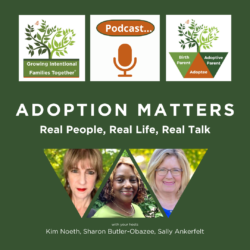 Listen to GIFT Family Services newest podcast, ADOPTION MATTERS: Real People. Real Life. Real Talk. This podcast looks at the adoption experience through the eyes of three of our adoption coaches: Sharon Butler Obazee, an adoptee; Kim Noeth, a birth mother, and Sally Ankerfelt, an adoptive parent.
Listen to GIFT Family Services newest podcast, ADOPTION MATTERS: Real People. Real Life. Real Talk. This podcast looks at the adoption experience through the eyes of three of our adoption coaches: Sharon Butler Obazee, an adoptee; Kim Noeth, a birth mother, and Sally Ankerfelt, an adoptive parent.
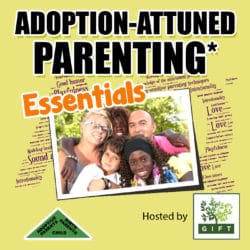 You can still listen to our original podcast, Essentials of Adoption Attuned Parenting.
You can still listen to our original podcast, Essentials of Adoption Attuned Parenting.



 AQ Lens
AQ Lens